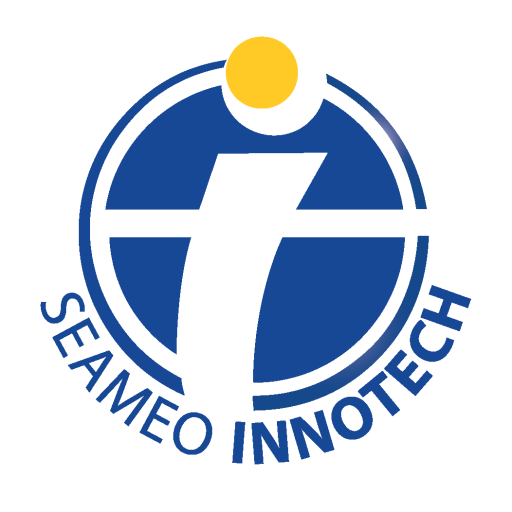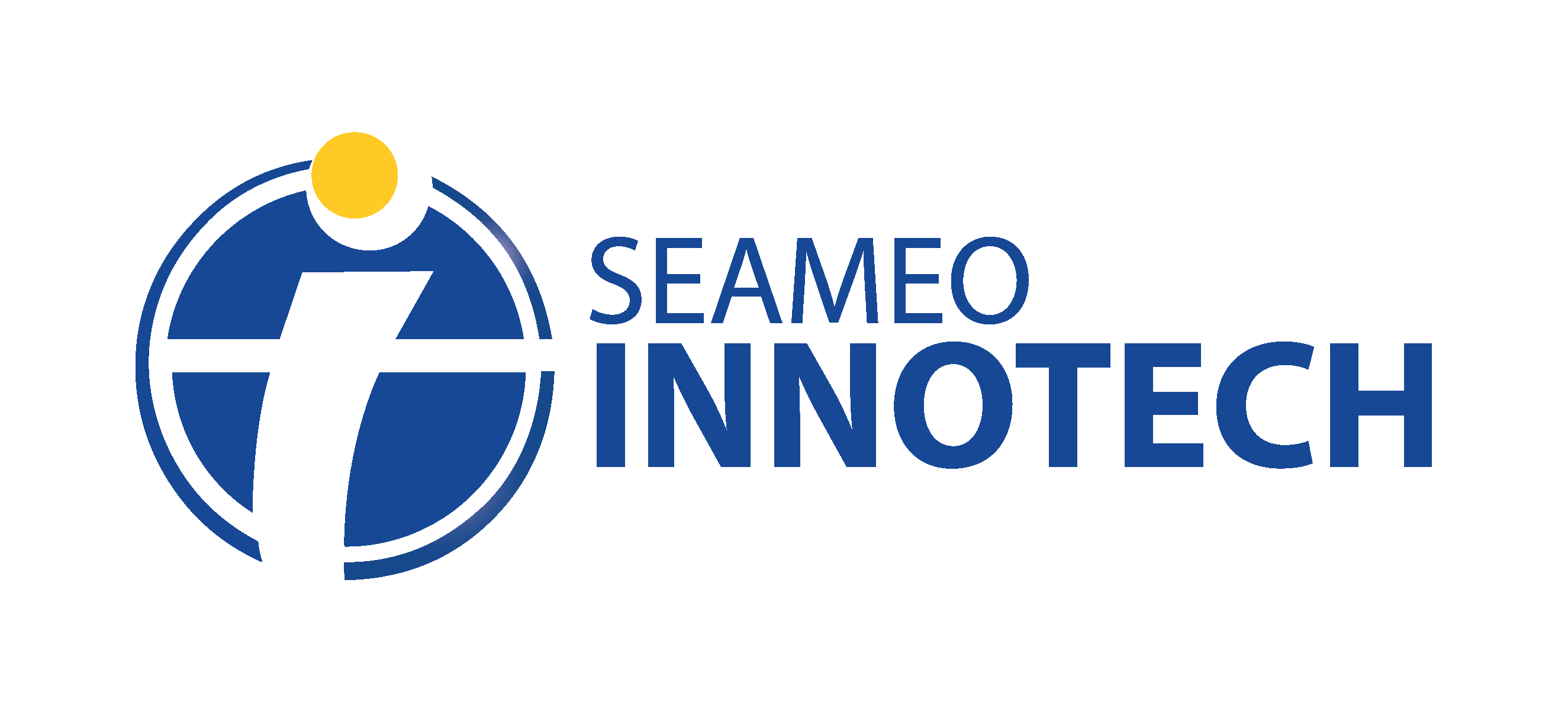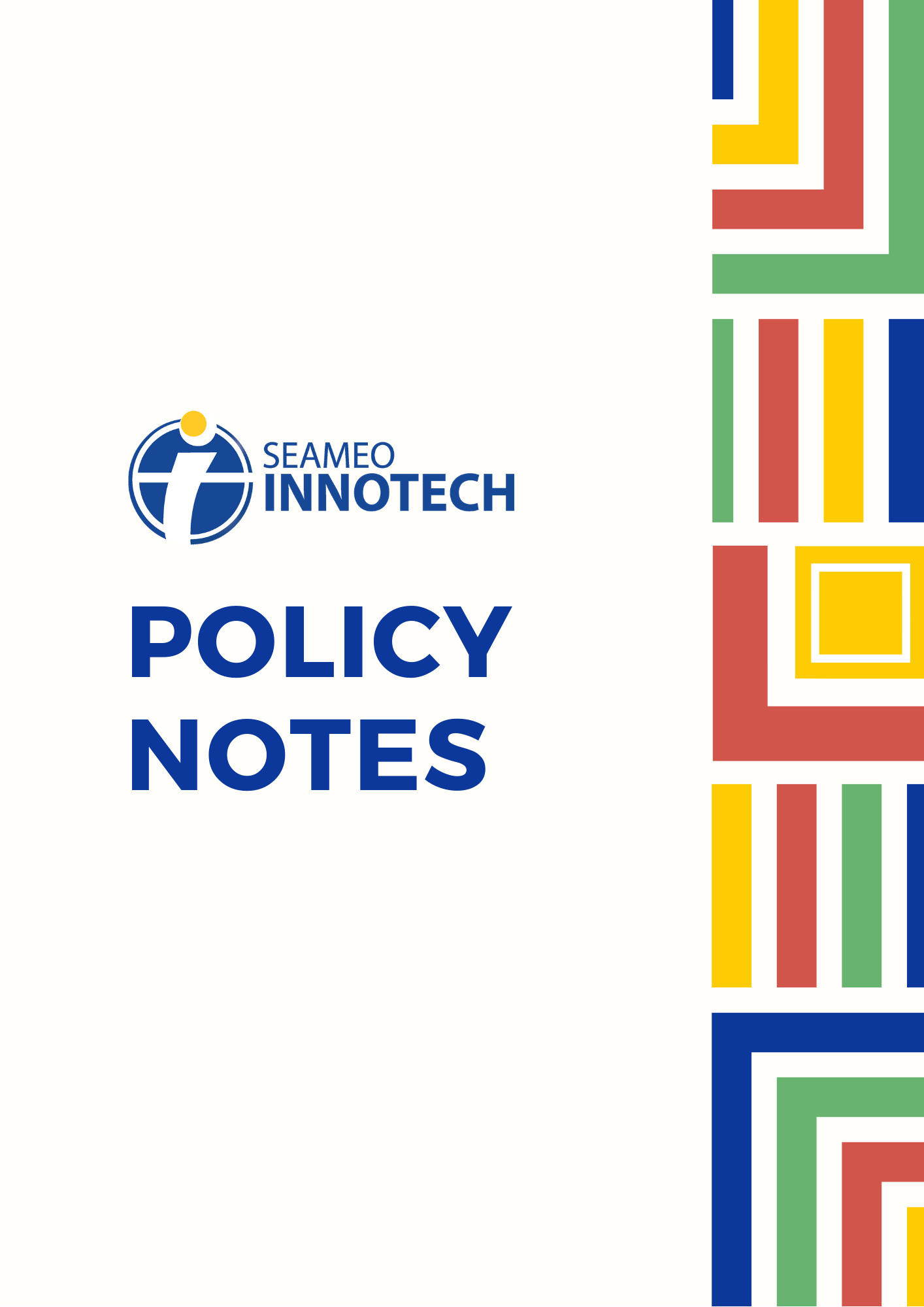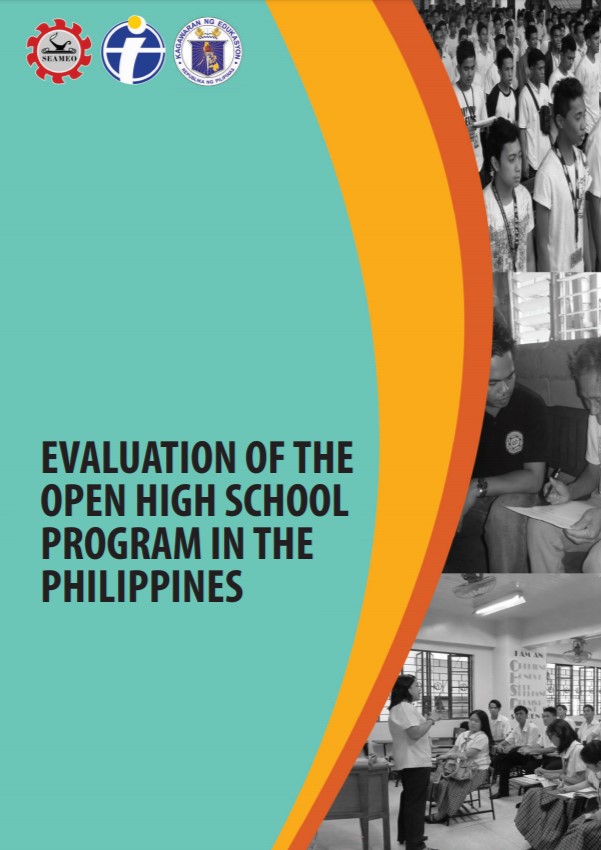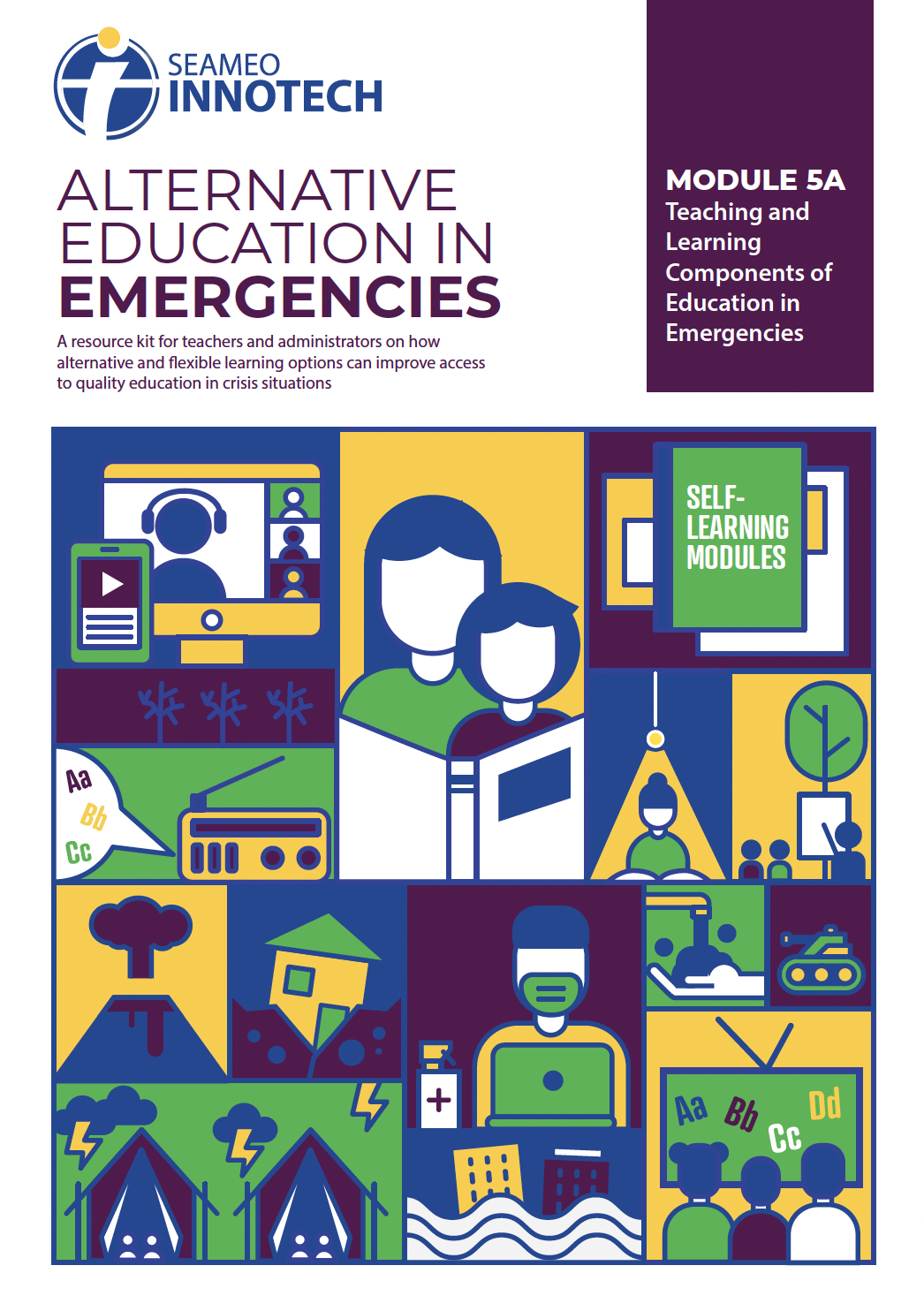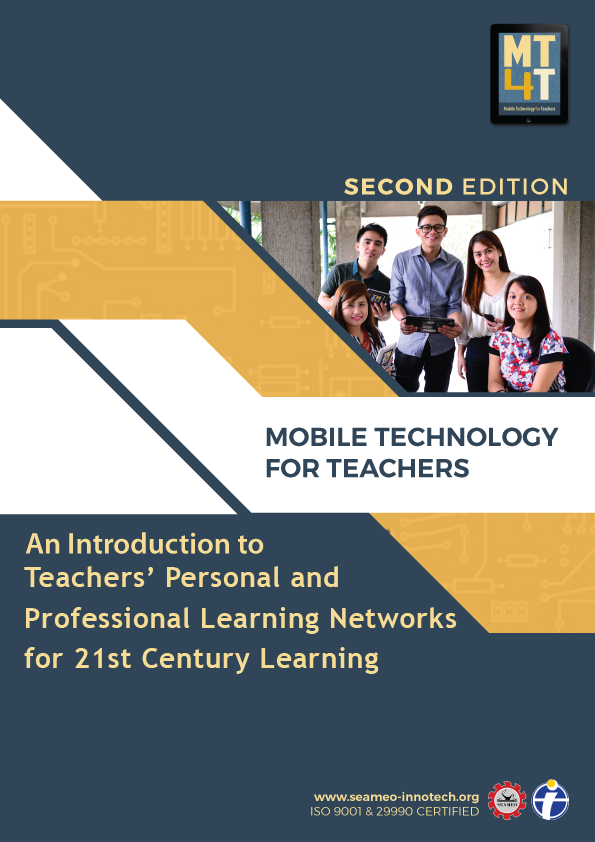
Issue: July – December 2002
Foreword: Last 9-11 December 2002, SEAMEO INNOTECH held its 8th International Conference in its headquarters in Quezon City, Philippines, with the theme “Reaching Out to Learning Communities: The Challenge to Educational Innovation and Technology.” The conference focused on how today’s educational tools and approaches can help promote understanding among learning communities — opening discussions to perspectives from across the globe on how to connect, retool and transform these learning communities. Major paper presentations centered on teaching and learning on the Internet, connecting colleges across countries, on-line monitoring of teachers and connectivity in teacher training programs.
Two issues of the SEAMEO INNOTECH Journal feature some of the major papers presented during the conference. Six of these papers are presented as Part 2 in this issue.
In his article titled “Building Learning Communities for a Learning Nation,” Philippine education secretary, Dr. Edilberto de Jesus, examines learning in its lifelong, lifewide dimension. He explores how the emergence of the information and knowledge society, and the need to operate in a global environment translate to viewing the education process not as a phase one must “graduate” from, rather as a part of the whole range of learning experiences that enrich and develop a whole range of learning experiences that enrich and develop a whole individual and transform schools and universities into learning organizations continuously revisiting concepts, ways of thinking, and retooling skills and knowledge for better performance.
In “Connecting Learners and Learning Communities,” Philippine Senator Teresa Aquino Oreta brings to fore some principles of the learning revolution, focusing on how information and communication technology (ICT) tools connect learners and learning communities do that both can take full advantage of the opportunities offered by a 21st century learning society. In the article, she shares some of the projects and initiatives she has undertaken as a legislator, especially toward building a legislative environment that nurtures education reforms, including one that calls for the establishment of a center for educational policy studies.
Mr. Geof Spring, in his article “Retooling the Learning Community: The Australian Experience in Delivering Frontline Educational Services to Indigenous Communities,” shares progress that has been made in literacy and numeracy standards for indigenous students in Australia. He discusses how Australian education authorities and providers work in partnership with indigenous communities to ensure that more indigenous students stay in school, and how these students are starting to benefit from the use of information and communications technology in the teaching-learning process. Part one of his paper discusses the educational challenges, strategies and progress among rural and remote indigenous communities in Australia. Part two shares Australia’s experience in the use of ICT in overcoming problems of distance and access to education by these indigenous communities.
Dr. Fumihiko Shinohara in “Innovation, Research and Professional Development” explores the dynamics of innovations, research and professional development as they relate to each other in the field of education and training. It includes a discussion of case studies on research and development of teacher competencies in an information-oriented society, where every teacher strives for professional development by addressing his/her needs, as well as those of his/her students, with the use of new information technologies. Dr. Shinohara stresses that school education should be undertaken in close collaboration with business enterprises, communities and families, and should be more vitalized for every teacher to participate in training courses based on a careful consideration of his/her educational needs and values.
Mr. Wilfredo C. Meneses, Jr., in his article, “Development of a Culturally-Responsive Curriculum for Indigenous Education” shares his experiences in establishing a national network of indigenous schools whose educators are skilled in providing quality education to students who take pride in being rooted in their own communities. Owned and operated by the community, the school’s vision is realized and sustained with the community’s support and full participation.
Finally, Ms. Eloisa Tinio, in her article “Preparing Students for Independent, Lifelong Learning” shares her observation and experience toward building a collection of literature that could aid in the formal study of best practices in the preparation of students for independent, lifelong learning. Her paper is based in a study conducted among lower and lower-middle class Filipino youths in their late teens enrolled in post-secondary classes and attending computer classes for the first time.
To access all articles in this issue, email us at info@seameo-innotech.org
